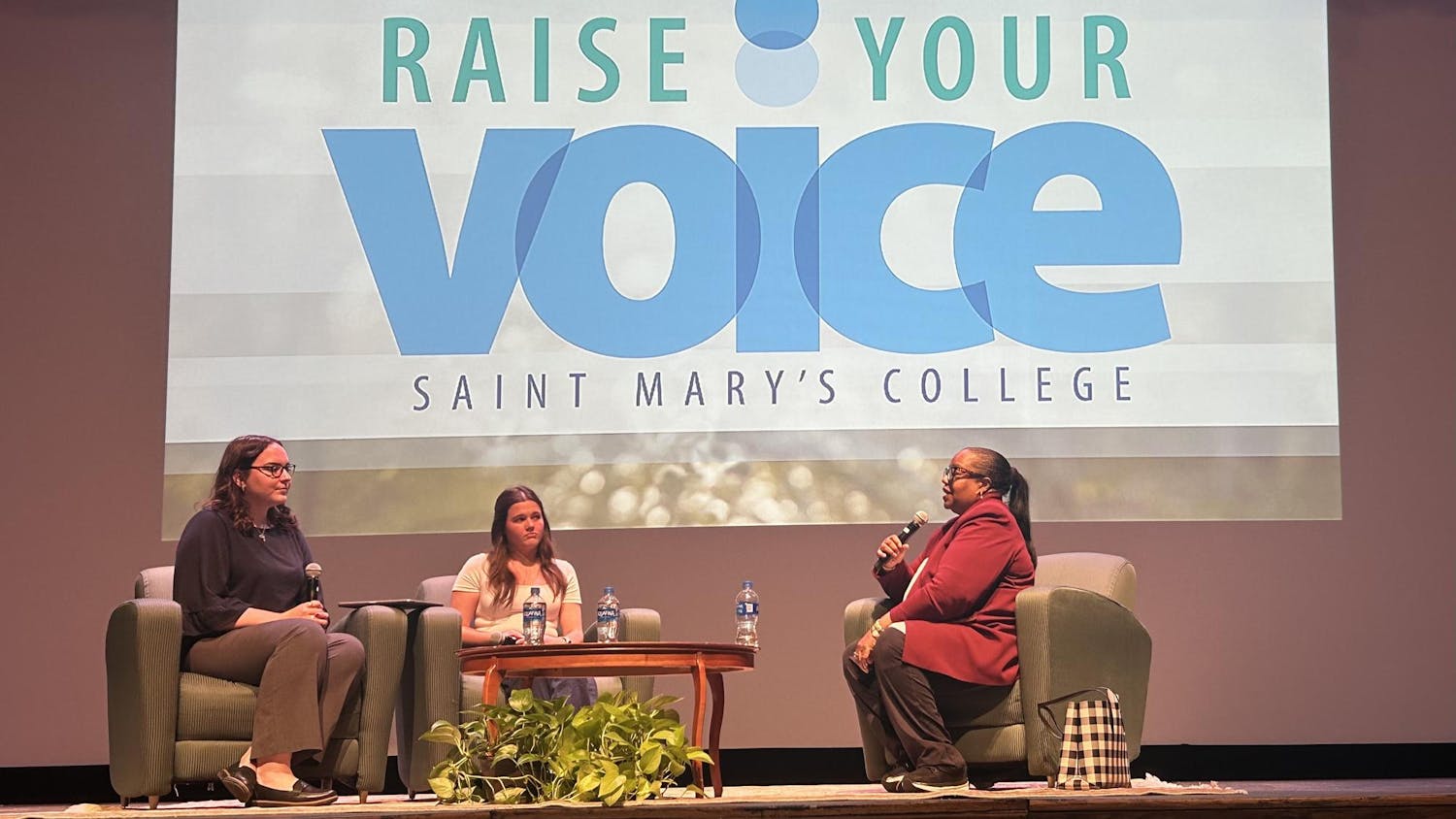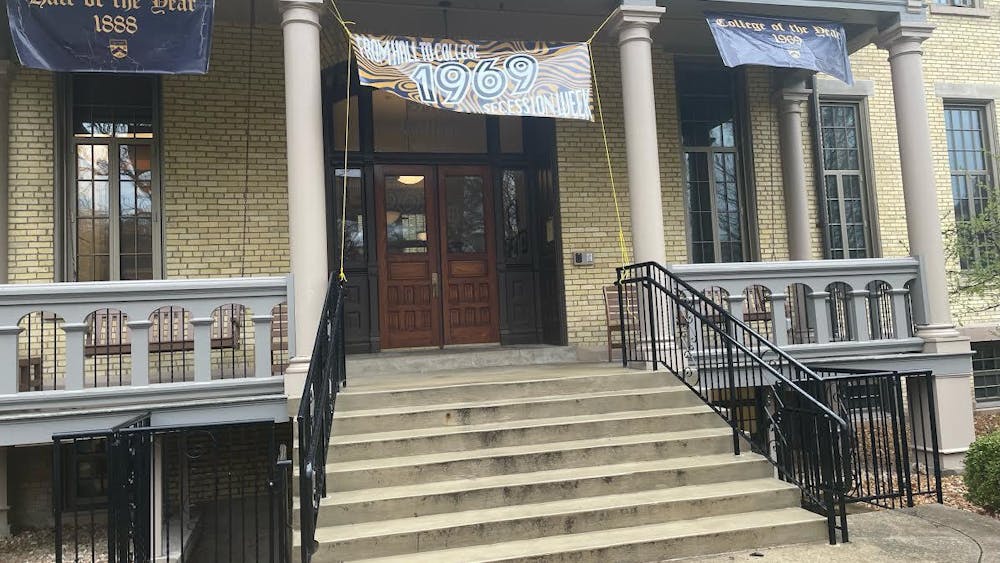Following the surge of COVID-19 cases on Notre Dame's campus in August, the University has developed strategies to control the spread of the virus on campus. But more recently, cases have been on the increase again.
According to the Notre Dame COVID-19 Dashboard, the university is currently at a 15.7 case 7-day moving average as of Oct. 28 and a seven-day positivity rate of 2.1%. This increase almost triples what the moving average rates were at the beginning of October.
Dr. Mark Fox, St. Joseph County deputy health officer and COVID-19 advisor to the University said that these increases can be attributed to many things, including what he coined as, “the perfect storm.”
“In some ways, I think it was the perfect storm,” Fox said. “It was the first night game. It was absolutely beautiful weather. It was right after midterms and Fr. Jenkins’ White House event. And I think a lot of those factors probably created a scenario where people did let down their guard and blow off little steam.”
This most recent surge could also have been caused by an increase in surveillance testing taking place on campus, Fox said.
“A lot of infections are being picked up on surveillance,” Fox said. "And that’s a good thing, because it does get them out of the dorms—it reduces the risk of transmission through a wing of a dorm. While it does make the numbers look bad, they are better than they would be were that surveillance testing not in place. [Surveillance testing] has a protective effect that I think is really important.”
Fox said that in order for the University to curb this current surge, students must be looking toward the end of the semester and beyond as motivation to continue following COVID-19 guidelines.
“If students can take that long view of how they want to finish their finals — where they’re as healthy as they can be at that stage of a normal semester — and then be able to go home and enjoy the holidays with your families, then having those end goals in mind hopefully will motivate people to celebrate Halloween and be actively involved in the Clemson game in ways that are that are safe,” Fox said.
Fox also cautioned students to be aware of the impact of not reporting close contacts. Fox explained how not quarantining close contacts dramatically increases the risk of transmission in not only our campus community, but in our broader community off-campus.
Part of the increases that the Notre Dame community is feeling come from a broader surge outside of our campus. Fox said he attributes a lot of this community surge in St. Joseph County to Indiana’s move to stage five of reopening and general pandemic fatigue.
“I’m concerned that the transition to stage five, psychologically, has sent a message that things must be better, because of the increasing activity in the community,” Fox said. “There’s just general pandemic fatigue. But I think that message of ‘We’re moving forward,’ probably has given people a false sense of confidence that, ‘Oh, we don’t have to be as strict with all these mitigation strategies.’ And I think that has been detrimental.”
Along with general community spread, a big increase has been seen in the number of nursing homes affected with COVID-19. From just 520 infected residents in St. Joseph, Elkhart, Marshall and LaPorte counties over the first 20 weeks of the pandemic, now there have been 468 nursing home residents affected with COVID-19 in these counties over the last seven weeks.
Sr. Linda Kors, the long term-care ombudsman for St. Joseph and other surrounding counties, said that the increase in COVID-19 infections in nursing homes was “bound to happen.”
Kors mentioned that the way the COVID-19 cases spread throughout the nursing homes was due to chance and that the nursing homes were taking all the precautions they could, including surveillance testing of staff and residents and screening visitors.
Fox said that he believes that the nursing homes struggle with COVID-19 because of a lack of testing and the general layout of the facilities.
“I don’t know that many nursing homes are able to test frequently enough,” Fox said. “They don’t have the same sophistication in terms of infection prevention and control. And frankly, one factor is even the layout of a given facility can impact the how effectively you can cohort certain patients. If you have a group of COVID patients, can you separate them out from the general population in a way that protects people?”
Kors also explained that sometimes COVID-19 is hard to catch in these settings because of the breadth of symptoms and signs that have been identified.
“[The nursing homes are] just continuing to do what they do, and really making sure that they notice any change that anybody complains about, because this disease has changed over the months at first with only about five or six symptoms and now there’s about 15,” Kors said.
Fox said that overall, the way to keep both Notre Dame campus spread and broader community transmission under control is to continue to uphold stringent mitigation methods, especially with the upcoming winter months and family holidays.
“I think that the Notre Dame experience is really instructive, because it shows that you can get a pretty significant outbreak under control quickly and maintain it if people are following all this guidance,” Fox explained. “I think if people in the community made, you know, even a fraction more effort in terms of not gathering in large groups outside their household, being consistent about wearing their mask appropriately and maintaining physical distance, those measures will have a demonstrable impact.”













